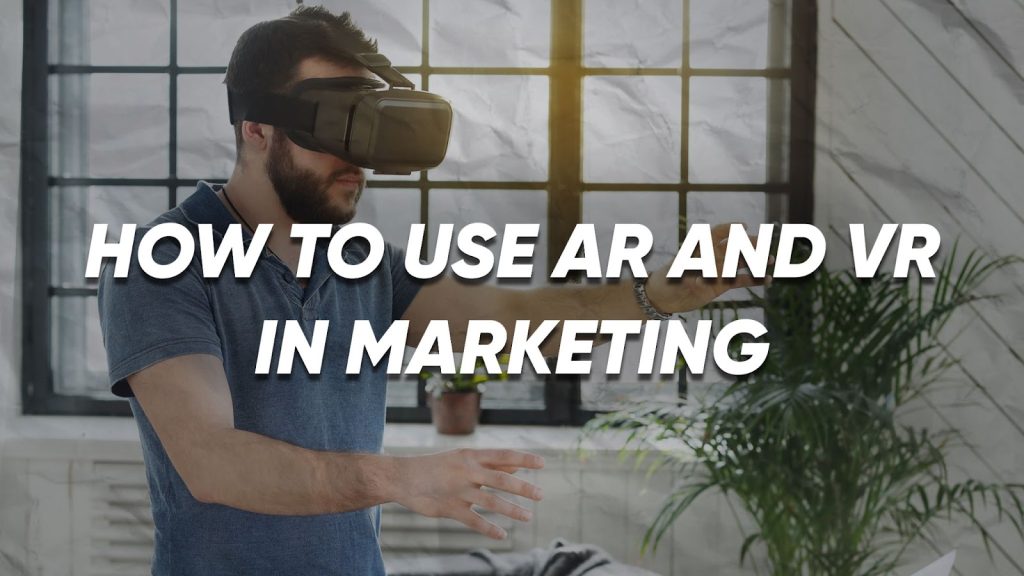
Marketing. This has long been a whole science, and with the development of technology it takes on new forms and facets. In recent years, augmented reality (AR) and virtual reality (VR) have become key players in this arena.
Let’s try with the best digital advertising agency in the UAE to understand in more detail what it is, how it differs and how it can and should be used to open up new opportunities for brands.
Let’s start with the definitions and differences. For most, this is the same thing, although the differences are fundamental.
AR (Augmented Reality) is a technology that superimposes digital elements onto the real world through the screen of a device. This could be a camera on a smartphone, tablet, or special glasses. AR allows you to see real objects overlaid with additional elements such as images, text or animation.
VR (Virtual Reality) is a technology that completely immerses the user in a virtual environment. For this, special devices are used, such as virtual reality headsets (for example, Oculus Rift or HTC Vive). In VR, the user is completely isolated from the real world and is immersed in a virtual environment created by the developers, where he can interact with virtual objects and spaces.
Opportunities of AR and VR in marketing
1. Increase customer engagement
AR and VR create immersive, interactive experiences by turning passive viewers into active participants. These are not just commercials, these are adventures that customers can participate in.
Imagine that instead of boringly watching ads, customers interact with the product in a virtual world. They don’t just watch, they play, try and immerse themselves in the process.
For example: IKEA Place allows users to “place” furniture in their home through AR. Customers see how a sofa will fit into their living room, making the decision informed and the process fun.
2. Improved user experience
AR and VR transform the shopping process into an unforgettable experience. Virtual fitting rooms, virtual stores and home test drives are not fantasy, but a reality of today.
AR allows customers to “try on” products at home, while VR allows them to explore virtual stores or take part in test drives.
Example: Sephora Virtual Artist. Customers can virtually “try on” makeup through the app, minimizing mistakes and increasing shopping satisfaction.
3. Increase sales
AR and VR not only entertain and inform, but also help sell more. Product visualizations and interactive demonstrations increase buyer confidence in their decisions.
Customers who can see a product in context or experience it before purchasing feel more confident and satisfied.
Example: Audi VR Experience. Virtual test drives allow potential buyers to experience a vehicle in a variety of conditions, helping them make a more informed purchasing decision.
Here, in our opinion, is another great example of using AR and VR in marketing:
· Coca-Cola’s VR Christmas Campaign
Coca-Cola created a VR campaign for the Christmas season where users could immerse themselves in a virtual winter wonderland. This strengthened the emotional connection with the brand and significantly increased customer engagement.
How to Implement AR and VR in Your Marketing Strategy
1. Start with goal setting and audience definition
Start by understanding what you want to achieve and who your target audience is. This will help create a more targeted and effective campaign.
2. Choose the right platform
There are many platforms for creating AR and VR content. Choose the one that best suits your needs and budget.
3. Create quality content
Content is king. Make sure your AR or VR content is high quality, interesting, and useful to your customers.
4. Test and optimize
Like any marketing strategy, AR and VR campaigns require testing and optimization. Collect user feedback and make necessary changes to improve performance.
Well, let’s sum it up
AR and VR technologies open up new horizons in marketing, creating unique and memorable campaigns. They improve user experience, increase engagement, and drive sales. Successful implementations such as IKEA Place and Sephora Virtual Artist show how these technologies can be used to achieve marketing goals.
If you want to stand out from your competitors and grab the attention of customers, it’s worth considering incorporating AR and VR into your marketing strategy. And our digital marketing agency is always ready to help you with this
Information contained on this page is provided by an independent third-party content provider. Binary News Network and this Site make no warranties or representations in connection therewith. If you are affiliated with this page and would like it removed please contact [email protected]



Comments